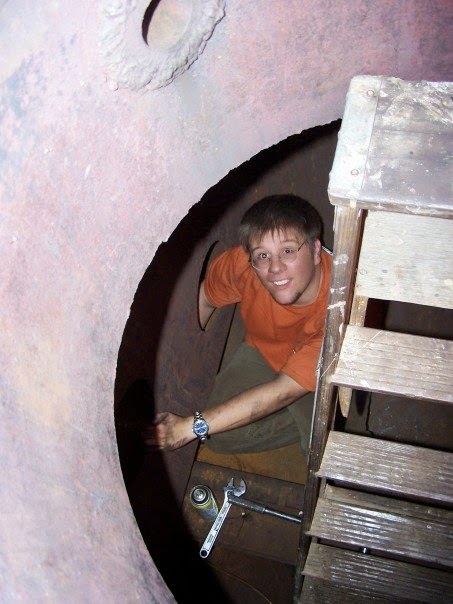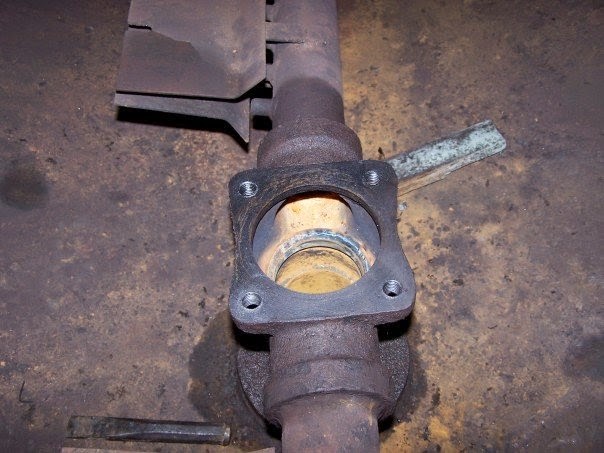The storage tank pressure of a fireless was, of necessity, the operating pressure of the stationary boiler from which it was charged. While it's true that a few very late Porters were built for the likes of 600 psi, they were quite rare in that respect. I've tabulated as much data as I can gather on the 195 or so fireless locos built in the USA and pressures of 150-250 psi were vastly more common than anything higher. Some operated on as little as 80 psi, simply because that's all that was available.
The construction of the tank, whether riveted or welded, simply followed the practice of the day for pressure vessels of all sorts. Often what you saw as the exterior shape of the loco was the outer jacket covering the extensive insulation around the actual tank. Six inches of insulation was not unusual.
The large bore cylinders of most fireless locos were because they actually operated at a relatively low pressure, typically 60 psi. This was provided from the tank pressure via a reducing valve. This feature kept the performance and tractive effort of the loco constant as the tank pressure declined--at least until it reached 60 psi. Then it was time to cut and run to the charging tap!
|

